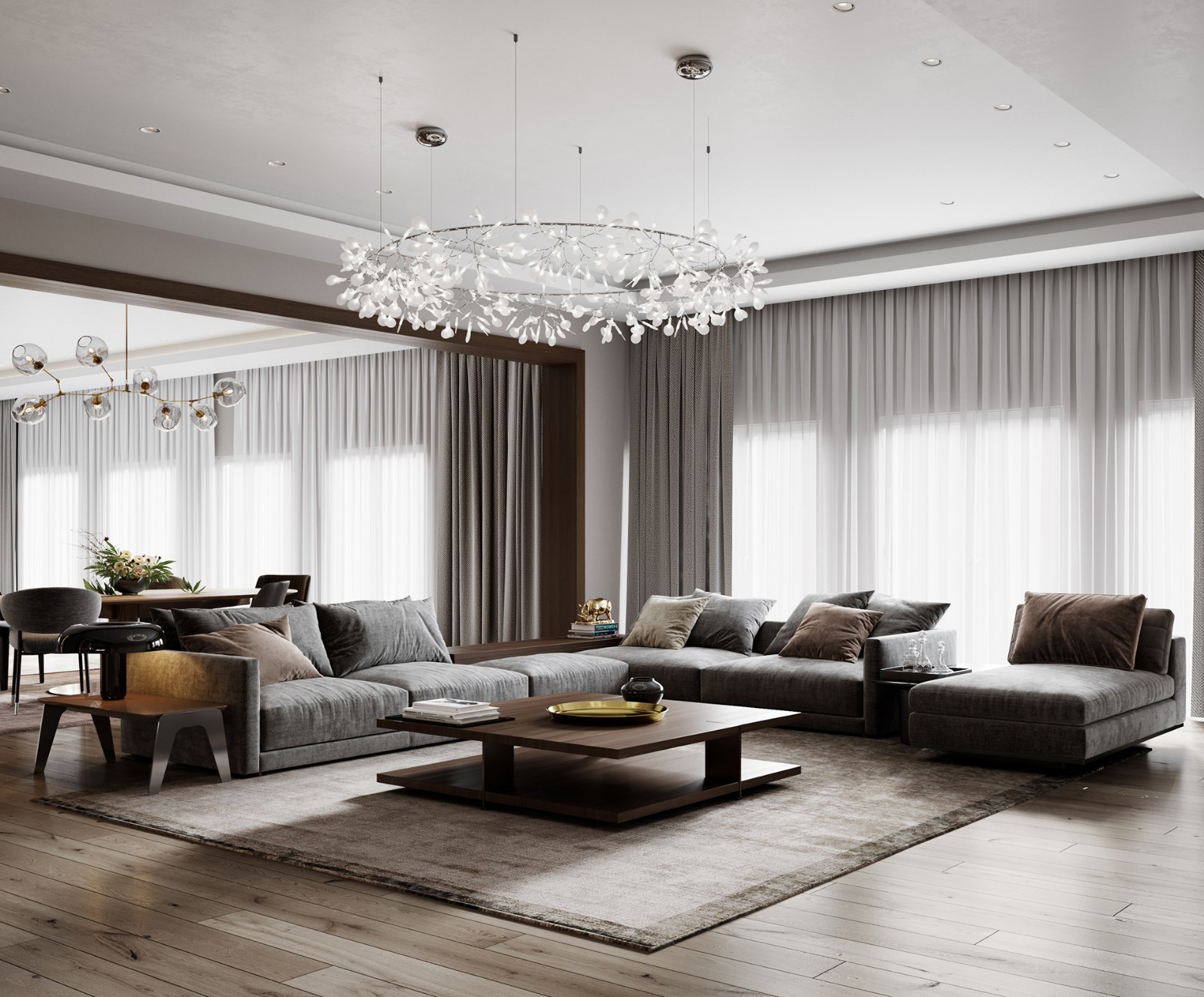Women’s Opportunity Center Sharon Davis Design
2013-10-03 01:00
架构师提供的文本描述。在非洲人口最稠密的卢旺达的一个占地两公顷的地方,妇女机会中心赋予了一个小社区权力,并反过来改写了我们作为设计师的角色。离卢旺达首都基加利一小时的车程,卡扬扎就像这个饱受冲突蹂躏的国家:一个只有巨大希望,没有什么钱的地方。在这种半乡村的环境中,妇女们将她们的日子奉献给小型的自给农场,取水和拾柴作为燃料。新的妇女机会中心位于肥沃山谷的十字路口,是一个理想的建筑场所,开启了一个新的机遇世界。
Text description provided by the architects. On a two-hectare site in Rwanda, the most densely populated country in Africa, the Women’s Opportunity Center is empowering one small community and, in turn, rewriting our role as designers. One hour from the Rwandan capital of Kigali, Kayonza is like much of this strife-torn nation: a place with few means but great promise. In this semi-rural setting, women dedicate their days to small subsistence farms, fetching fresh water, and scavenging wood for fuel. The site of the new Women’s Opportunity Center, located at a crossroads above a fertile valley, is an ideal arena for architecture that opens a new world of opportunity.
© Elizabeth Felicella
(伊丽莎白·费利塞拉)


我们选择了一个土生土长的卢旺达村庄作为我们的组织原则:一系列人类规模的展馆聚集在一起,为多达300名妇女创造安全和社区。与妇女促进妇女国际组织合作设计的-一个人道主义组织,帮助战争中的妇女幸存者重建她们的生活-这个小村庄用建筑议程改造城市群和自给农业,以创造经济机会、重建社会基础设施和恢复非洲遗产。
We chose the idea of a vernacular Rwandan village as our organizing principle: a series of human-scaled pavilions clustered to create security and community for up to 300 women. Designed in collaboration with Women for Women International—a humanitarian organization that helps women survivors of war rebuild their lives—this mini-village transforms urban agglomeration and subsistence farming with an architectural agenda to create economic opportunity, rebuild social infrastructure, and restore African heritage.
© Elizabeth Felicella
(伊丽莎白·费利塞拉)


我们的设计复兴了一个失落的卢旺达设计传统,具有深刻的空间和社会层面。它的圆形形式向外辐射,从场地中心的亲密教室到社区空间、农民市场和超越的公民领域。该中心的圆形建筑是仿照卢旺达南部历史悠久的国王宫建造的,其编织的芦苇住宅是该地区几乎全部消失的土著传统的一部分。我们的设计借鉴了这种当地卢旺达建筑方法的微妙之处,采用圆形、穿孔的砖墙,允许被动冷却和太阳能遮阳,同时保持一种隐私感。
Our design revives a lost Rwandan design tradition with deep spatial and social layers. Its circular forms radiate outward, from intimate classrooms at the center of the site to a community space, farmer’s market, and the civic realm beyond. The center’s circular structures are modeled after the historic King’s Palace in southern Rwanda, whose woven-reed dwellings were part of an indigenous tradition that the region had all but lost. Our design draws on the delicacy of this vernacular Rwandan construction method with rounded, perforated brick walls that allow for passive cooling and solar shading, while maintaining a sense of privacy.
© Elizabeth Felicella
(伊丽莎白·费利塞拉)


该设计通过客人住宿设施建立对卢旺达社会基础设施的支持,使捐助方和伙伴组织能够亲身体验机会中心。这些旅舍是建立卡扬扎妇女与世界各地赞助商之间一对一关系的渠道,通过一个可持续的全球网络扩大了该中心的社会影响力。砖块是由该中心的未来用户在现场制作的;在制作建筑所需的45万块粘土砖-使用现场找到的材料和一种新的、更耐用的手工压榨方法-我们从当地的建筑技术中采用了-女性正在学习适销对路、创收的技能。
The design builds support for Rwanda’s social infrastructure through guest lodging facilities that allow donors and partner organizations to experience the Opportunity Center first-hand. These lodges serve as a conduit for initiatives that build one-to-one relationships between women in Kayonza and sponsors around the world, expanding the center’s social footprint through a sustaining global network. Bricks were made on site by the center’s future users; in crafting the 450,000 clay bricks needed for construction – using materials found on site and a new, more durable manual press method we adapted from local building techniques – women are learning marketable, income-generating skills.
© Elizabeth Felicella
(伊丽莎白·费利塞拉)


该项目还包括一个示范农场,帮助妇女生产和销售自己的商品。这一商业综合农业倡议教导妇女通过面向商业生产的有机技术从土地中获得收入。通过紧凑、易于维护的动物围栏和教室-用绿色屋顶和保留的土墙冷却-妇女学会饲养猪、牛、山羊和兔子,以及可以用来经营自己的粮食合作社的食品储存和加工方法。在一个很容易被驾车者和公共交通到达的吸引人的广场周围,一个市场展示了该中心的经济潜力。在这里,妇女出售现场生产的食品、纺织品、篮子和其他产品,以及从中心屋顶获得的饮用水。可以租用市场空间来增加收入,在Kayonza建立一个自给自足的社区网络。
The project also includes a demonstration farm that helps women produce and market their own goods. This Commercial Integrated Farming Initiative teaches women to produce income from the land through organic techniques geared toward commercial production. Through compact, easily maintained animal pens and classrooms— cooled by green roofs and retained earth walls—women learn to raise pigs, cows, goats, and rabbits, along with food storage and processing methods that can be used to run their own food cooperatives profitably. Set around an inviting plaza easily reached by motorists and public transit, a market showcases the center’s economic potential. Here, women sell food, textiles, baskets, and other products produced on site, as well as potable water harvested from the center’s rooftops. Market spaces can be rented to generate additional income, building a self-sufficient community network in Kayonza.
© Elizabeth Felicella
(伊丽莎白·费利塞拉)


我们与当地企业合作,创造水净化、沼气和其他可持续系统,由居民自己生产和维护。例如,我们设计了简单、卫生的堆肥厕所,以减少水的使用,同时收集富含氮的固体和液体废物,以取代在卢旺达通常发现的坑式厕所-这种厕所污染地下水蓄水层,是疾病的传播媒介。我们易于管理的系统自然生产肥料,可以滋养农场或出售作为网站的创收战略的一部分。
We partnered with local enterprises to create water purification, biogas, and other sustainable systems that can be produced and maintained by the inhabitants themselves. For example, in place of pit latrines typically found in Rwanda – which pollute groundwater aquifers and are vectors for disease – we have designed simple, hygienic composting toilets that reduce water use while capturing nitrogen-rich solid and liquid waste. Our easily managed system naturally produces fertilizer that can nourish the farm or be sold as part of the site’s revenue-generating strategies.


妇女机会中心每年授权300名妇女超越冲突遗留问题。作为设计师,它使我们能够创造一种全球合作的伦理-一种正在迅速重塑我们的实践的伦理。在这些妇女的生活和故事中,我们找到了当地启发的理由,建立了一种具有全球共鸣的乐观主义结构。
The Women’s Opportunity Center empowers 300 women annually to transcend a legacy of conflict. As designers, it has empowered us to create an ethic of global collaboration—one that’s rapidly reshaping our practice. In the lives and stories of these women, we have found the locally inspired grounds for a globally resonant architecture of optimism.
Master Plan


























































































Architects Sharon Davis Design
Location Kayonza, Rwanda
Category Community Center
Project Manager Bruce Engel
Area 2200.0 sqm
Project Year 2013
Photographs Elizabeth Felicella
























